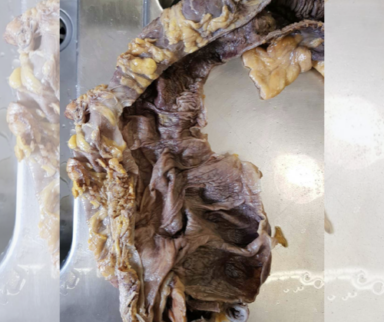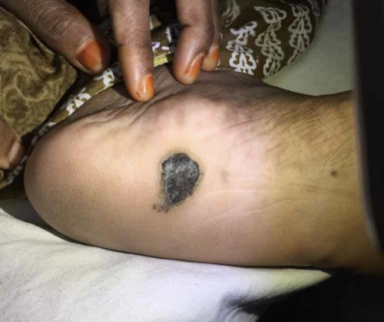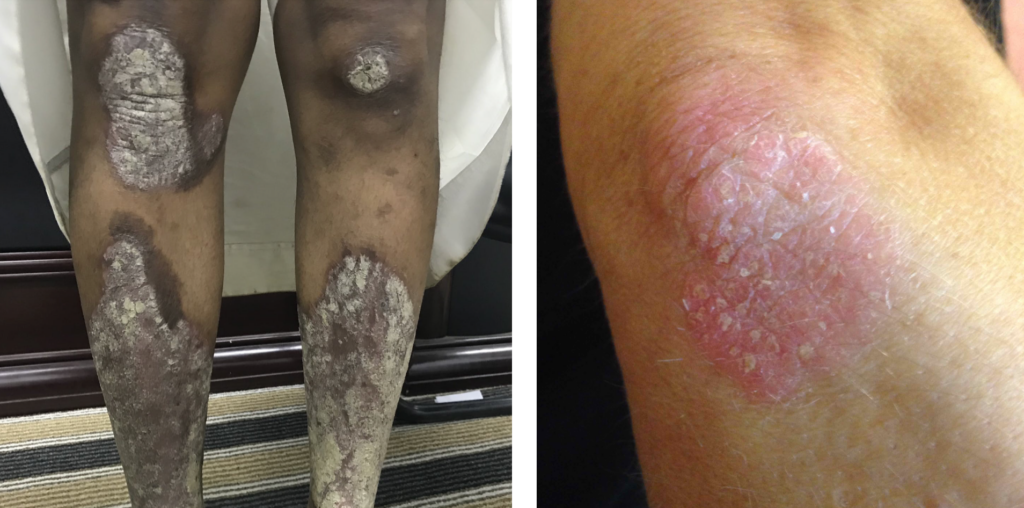
There is an underrepresentation of diverse skin tones in medical images, just as there is an underrepresentation of people of color in clinical studies, in the healthcare workforce, and in so many other places in medicine and beyond.
In 2020, a study of image representation in dermatology textbooks found that only 18% of medical images were of dark skin tones. Trisha Kaundinya, an MD candidate, and Dr. Roopal V. Kundu identified three barriers to improving representation of diverse skin tones in medical texts.
- Lack of awareness that underrepresentation is a problem
- A shortage of available medical images with diverse skin tones
- Implicit bias by publications when selecting images
This lack of representation in medical education has significant consequences. Clinicians not learning to recognize skin-related conditions across diverse skin tones leads to misdiagnosis, delayed diagnosis, or a complete lack of diagnosis.
In just one example, it took five years for a young person who is biracial to be properly diagnosed with T-cell lymphoma after having been told the white patches on their skin were pityriasis alba.
“Without equitable representation and the perpetual use of only white able-bodied patients depicted in medical textbooks, medical professionals are limited in their ability to accurately diagnose and treat people who don’t fit that mold,” said Ni-Ka Ford, the diversity committee chair for the Association of Medical Illustrators.
Skin of Color Dermatology Programs
While much progress is needed in the representation of people of color in dermatology — only 3% of U.S. dermatologists are Black — there is some progress being made with skin of color dermatology programs. These programs specialize in the diagnosis and treatment of skin conditions and related diseases in skin of color.
In one study, Black patients were surveyed on their experience at skin of color programs compared to other dermatology clinics. Patients expressed a higher level of satisfaction at the skin of color programs. And “findings suggest that Black patients’ dermatologic care satisfaction would increase if dermatologists underwent enhanced residency training in skin of color, cultural competency, cost-conscious care, and empathic communication skills, and if there were greater dermatology workforce diversity.”
Clinical Presentations Across Diverse Skin Tones
Using medical images shared by our members, the following image resource aims to help improve awareness and increase representation of various clinical presentations across diverse skin tones.
Bullous Pemphigoid
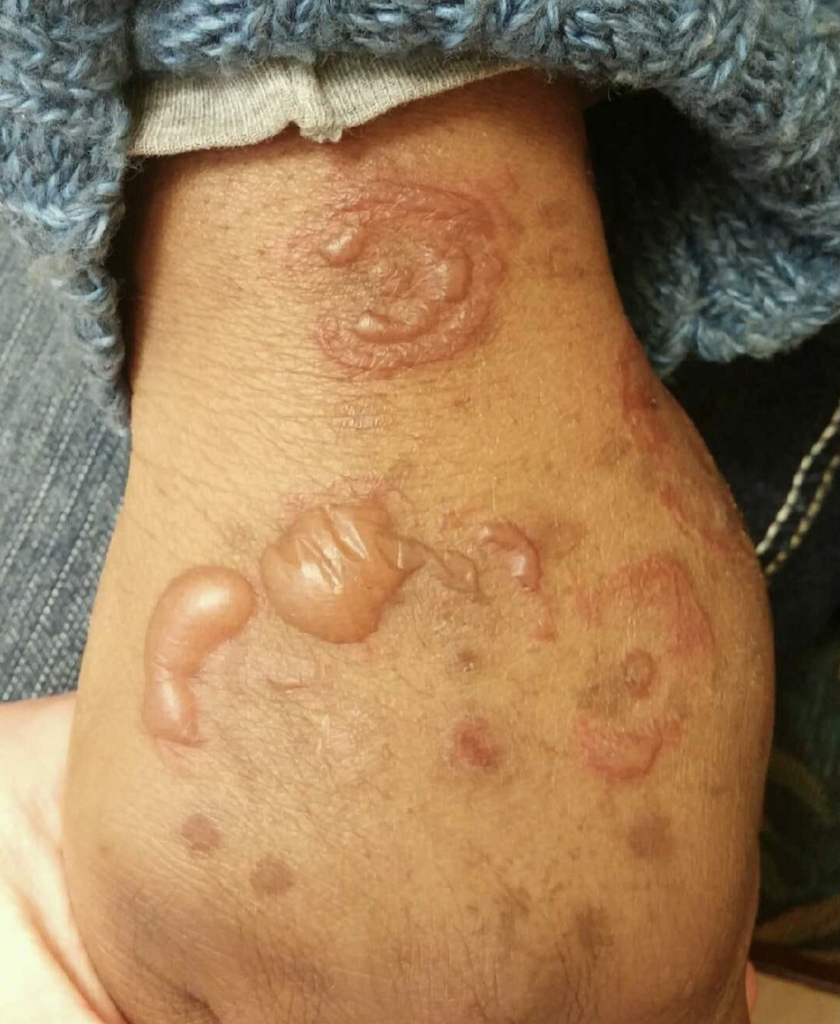
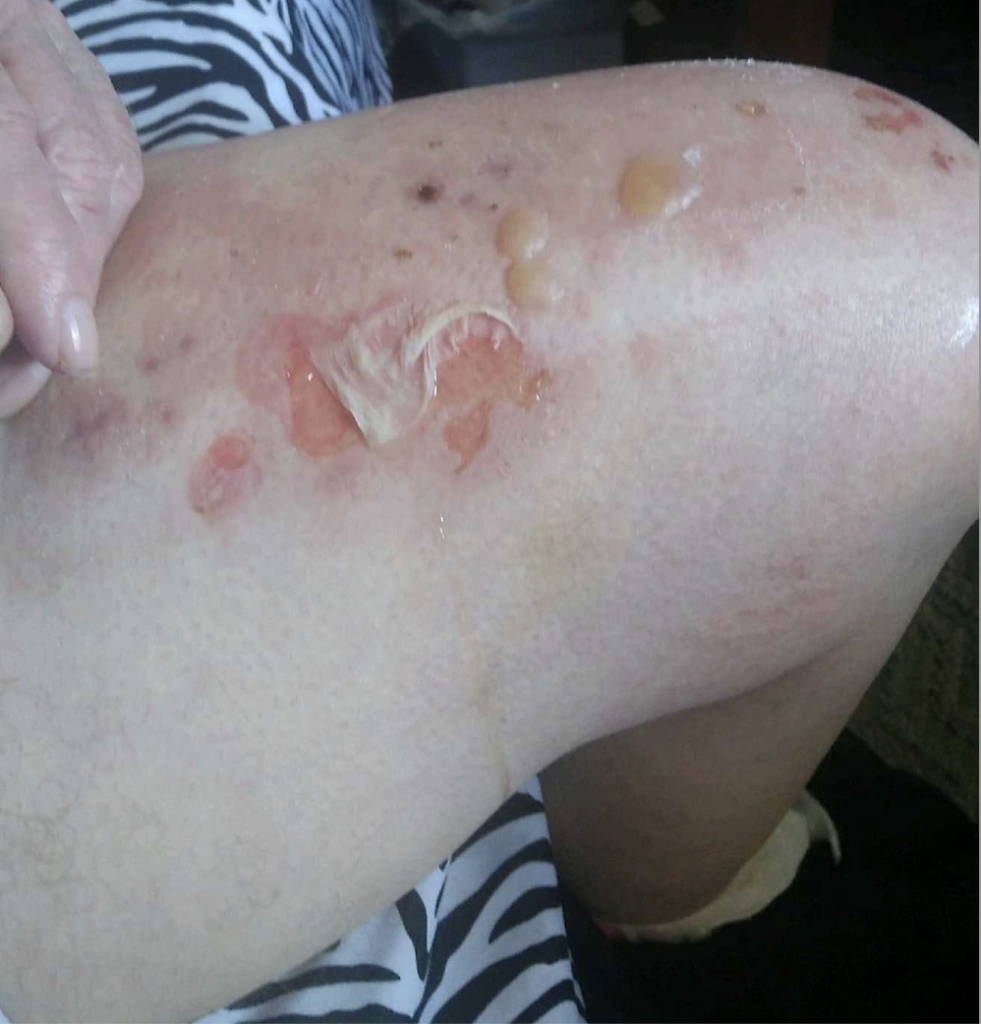
Cellulitis
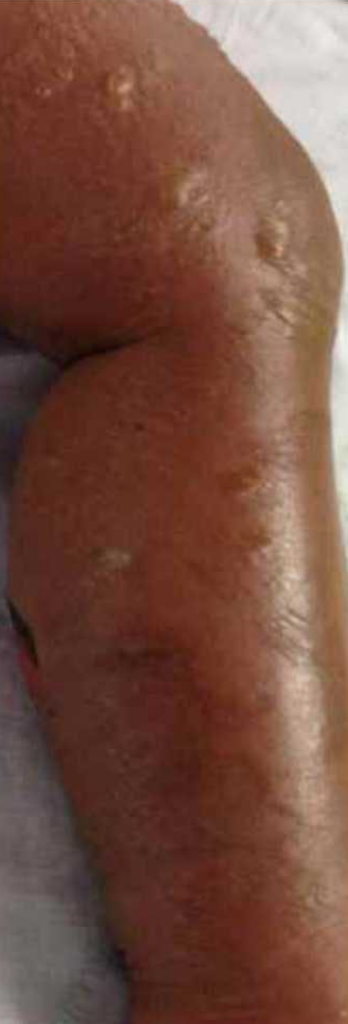
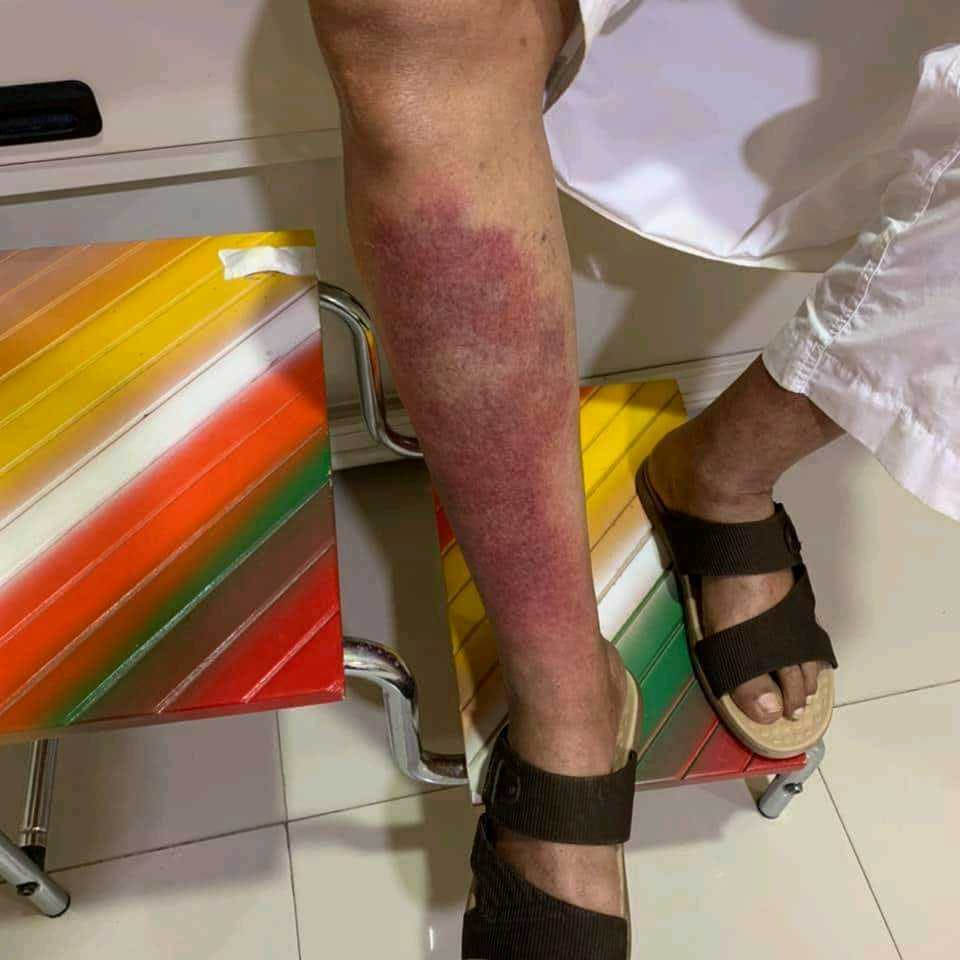
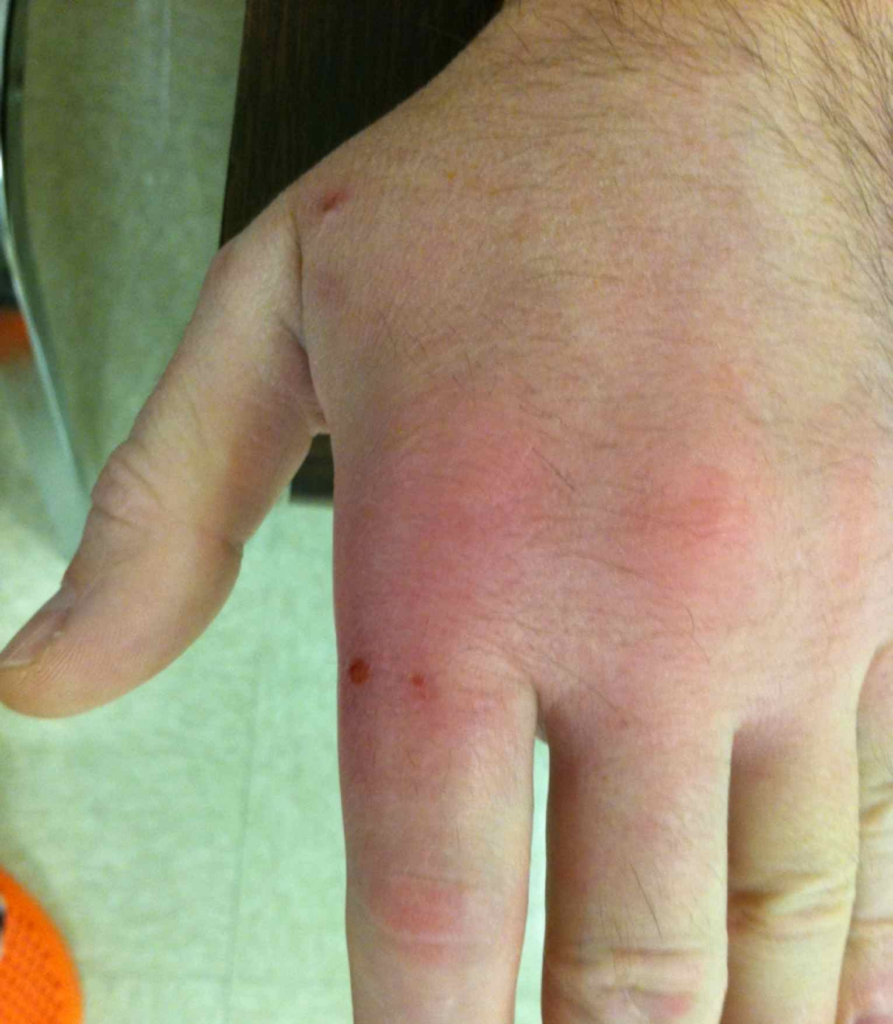
Erythrasma
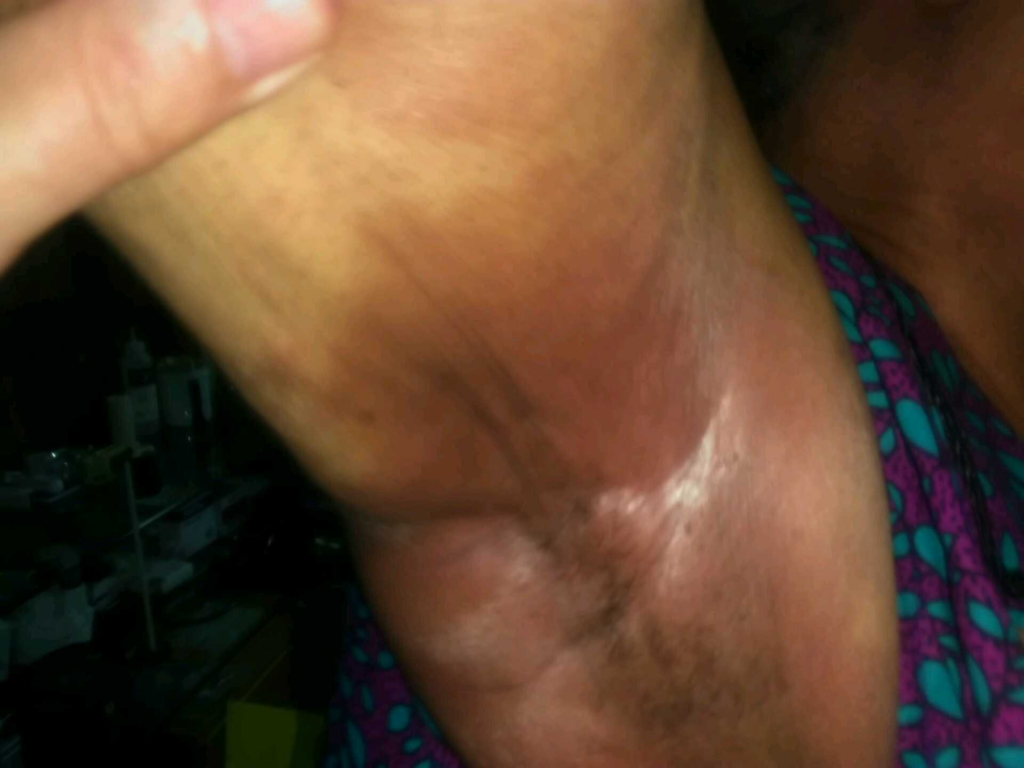
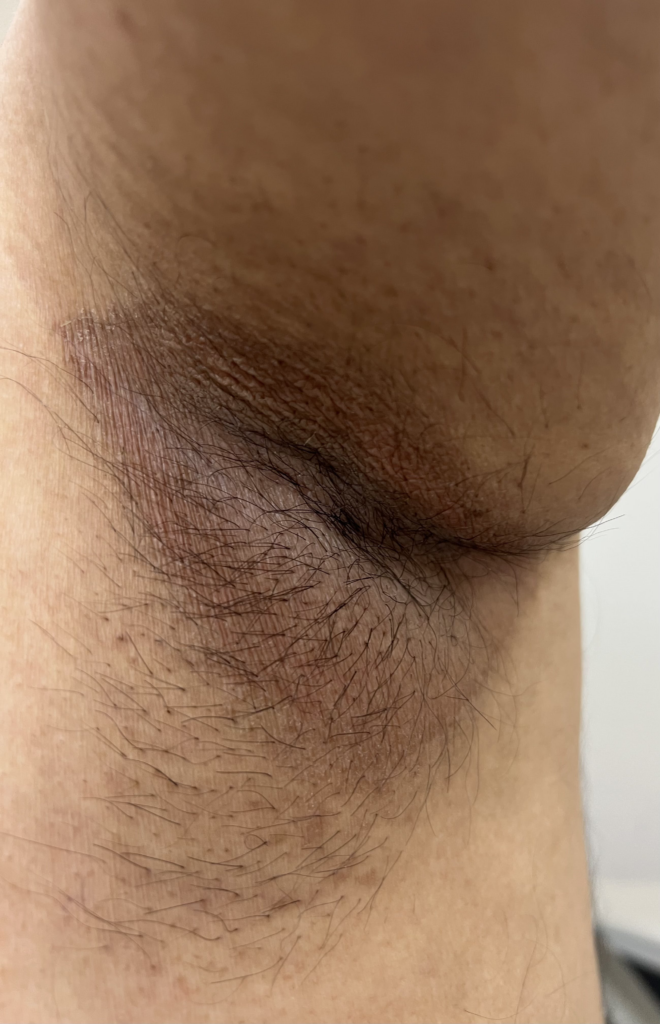
Gottron Papules
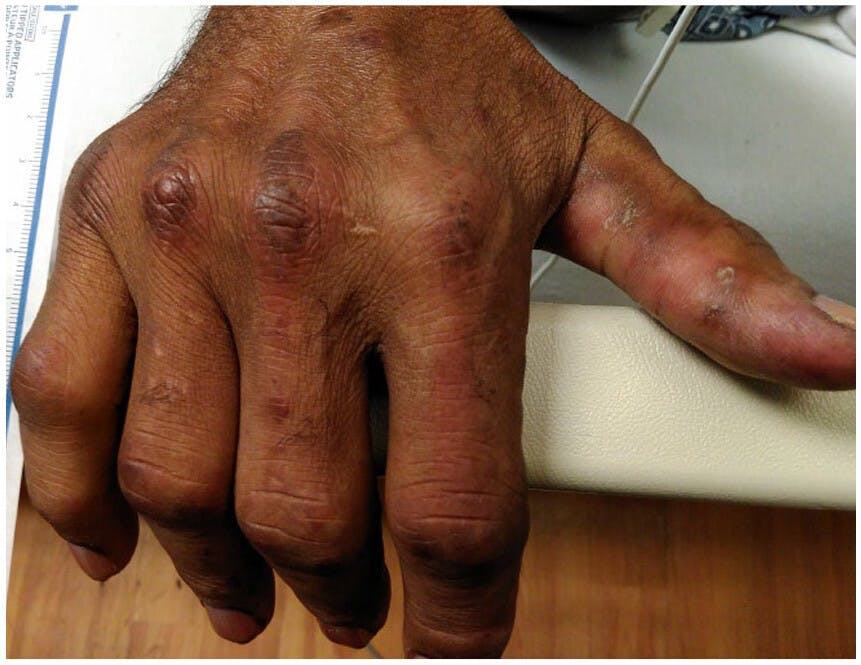
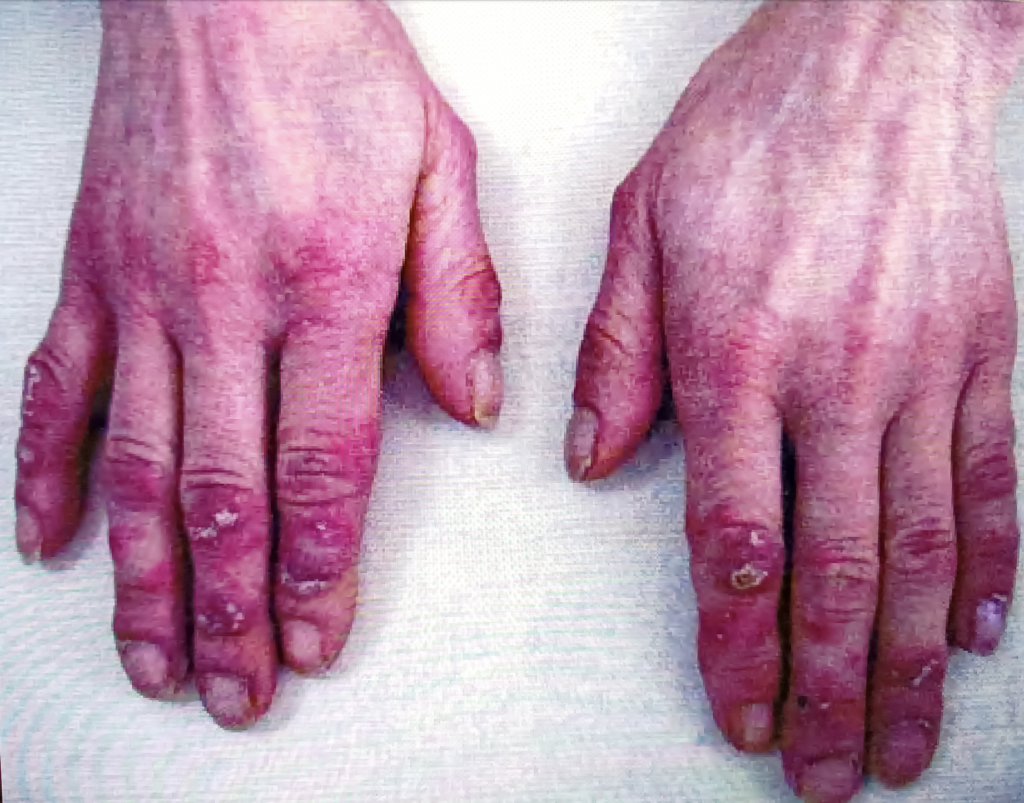
Ichthyosis
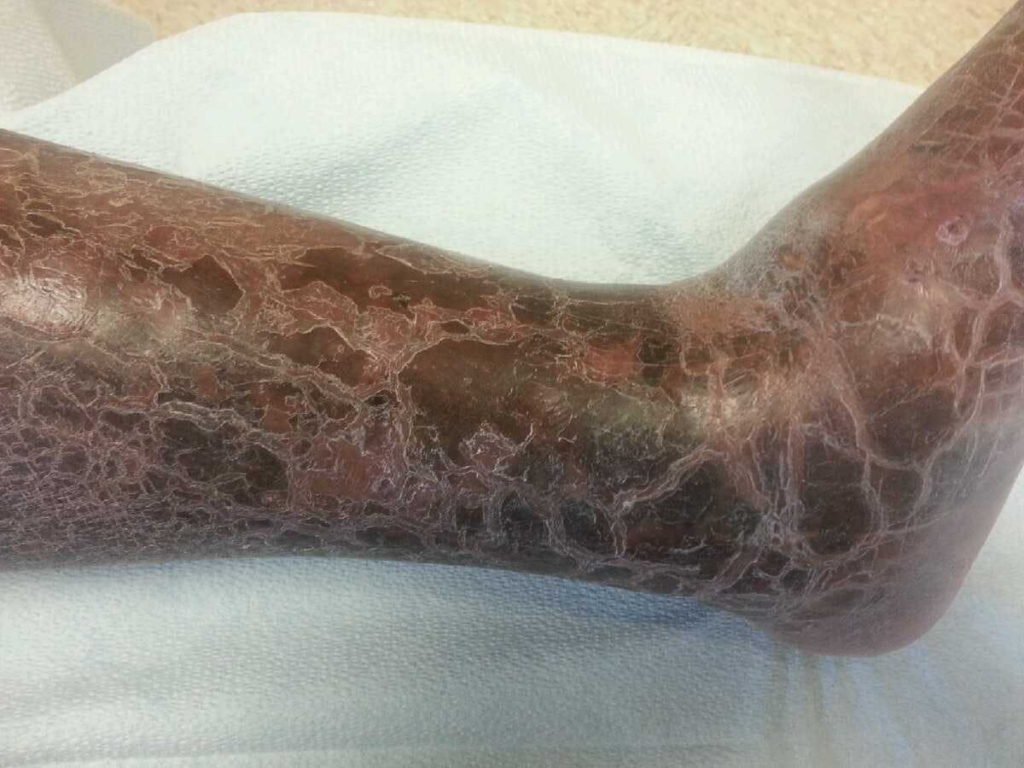
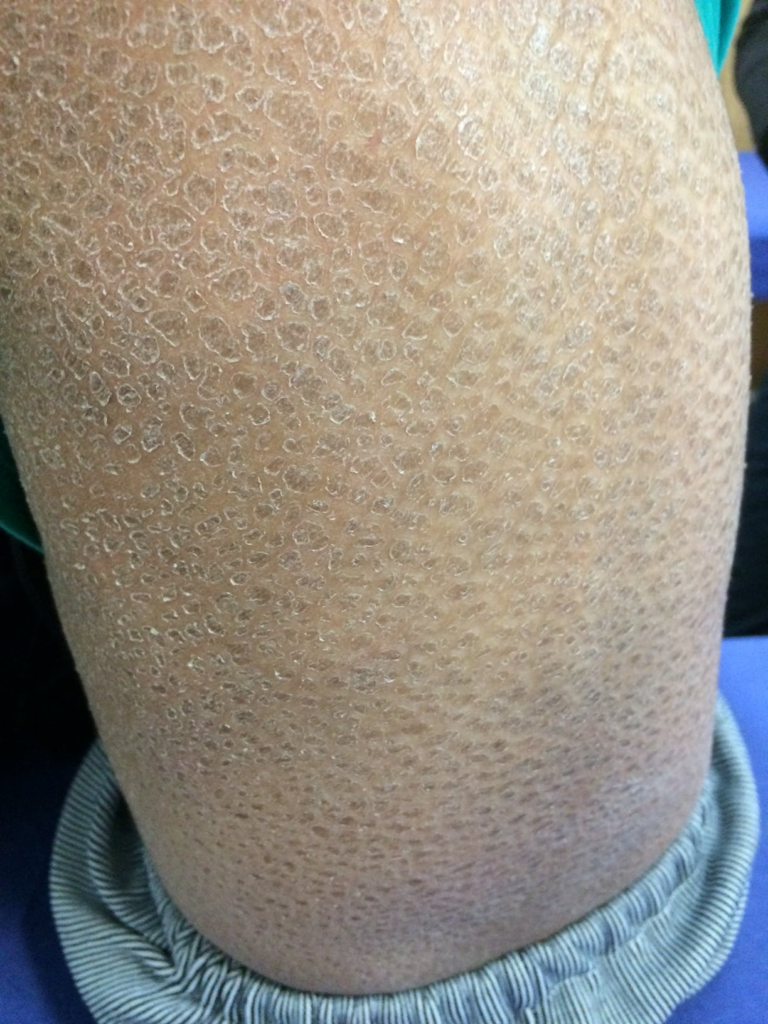
Lichen Planus
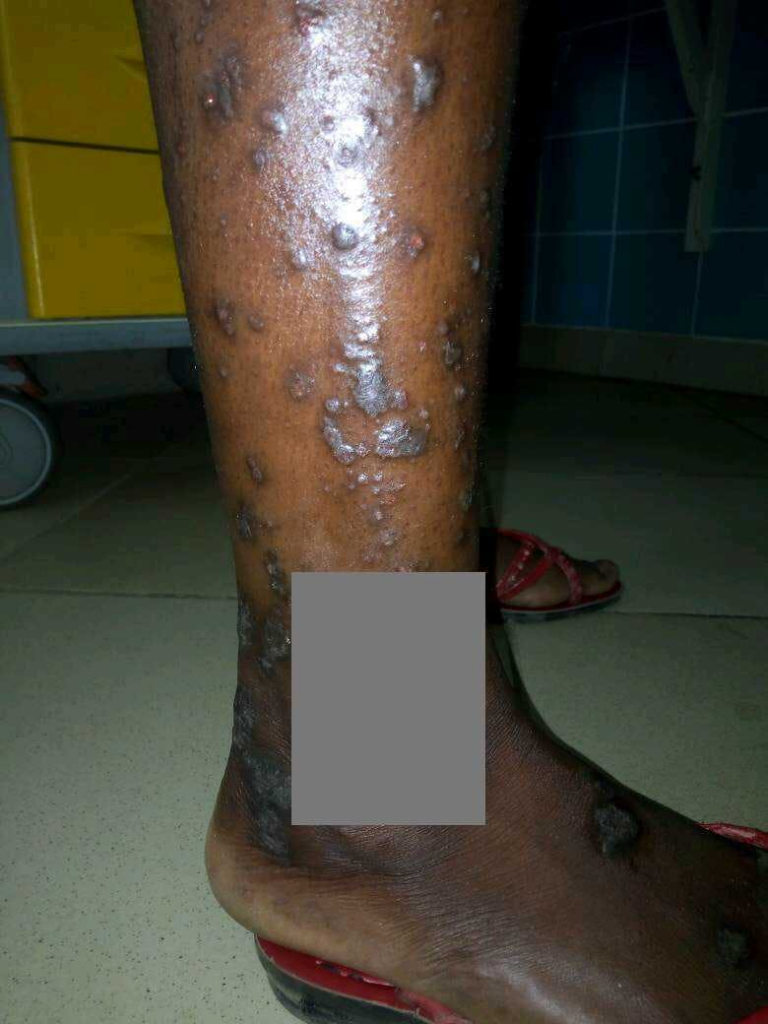

Molluscum Contagiosum
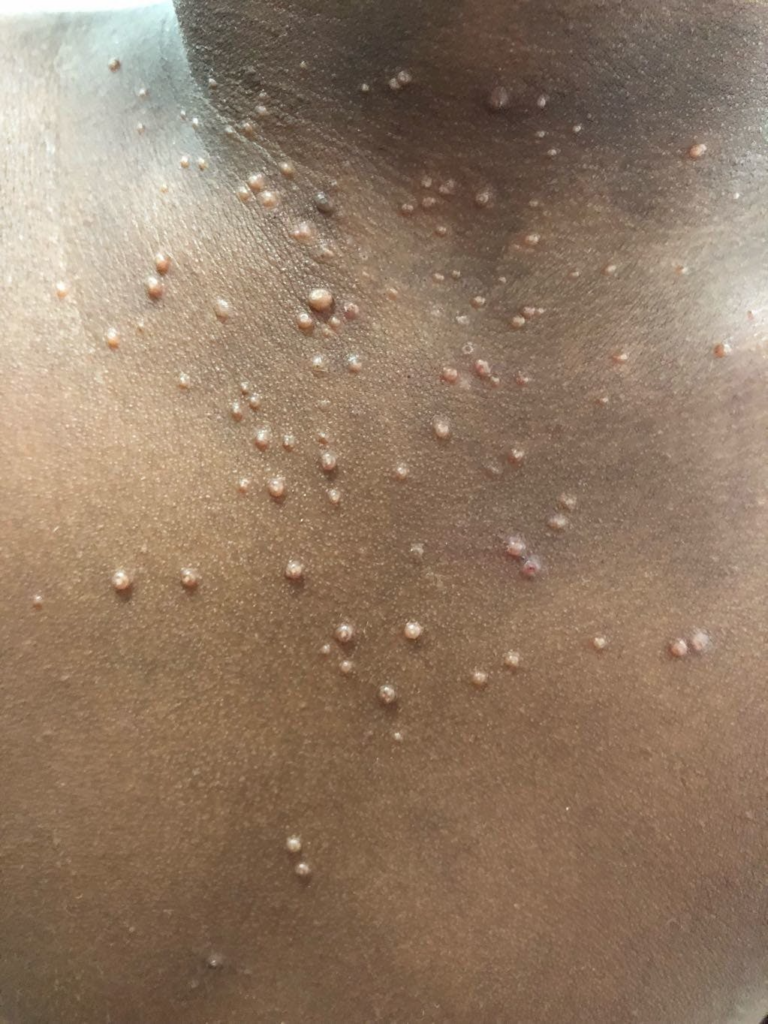

Psoriatic Arthritis
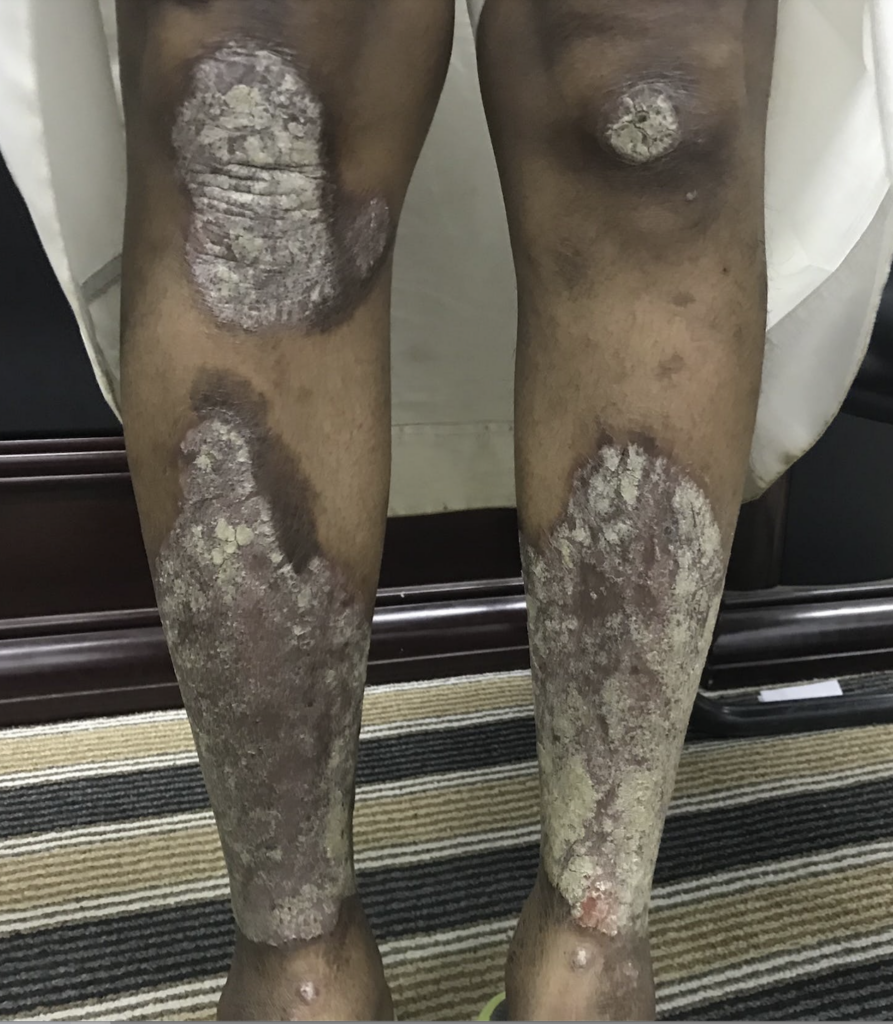
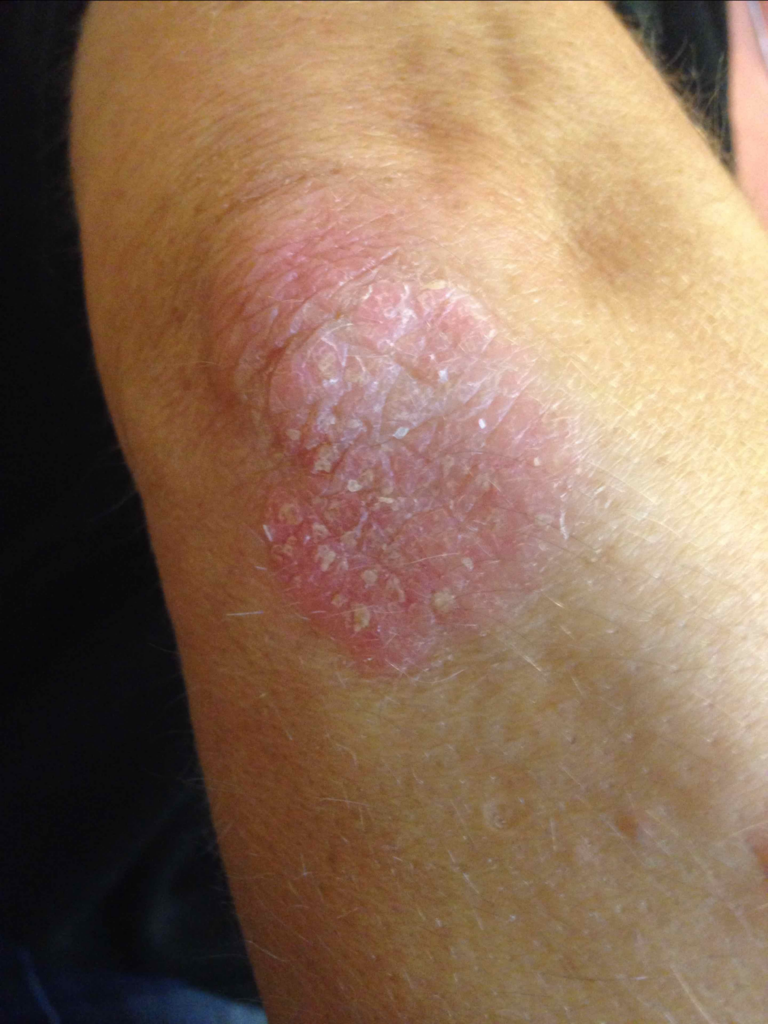
Scabies
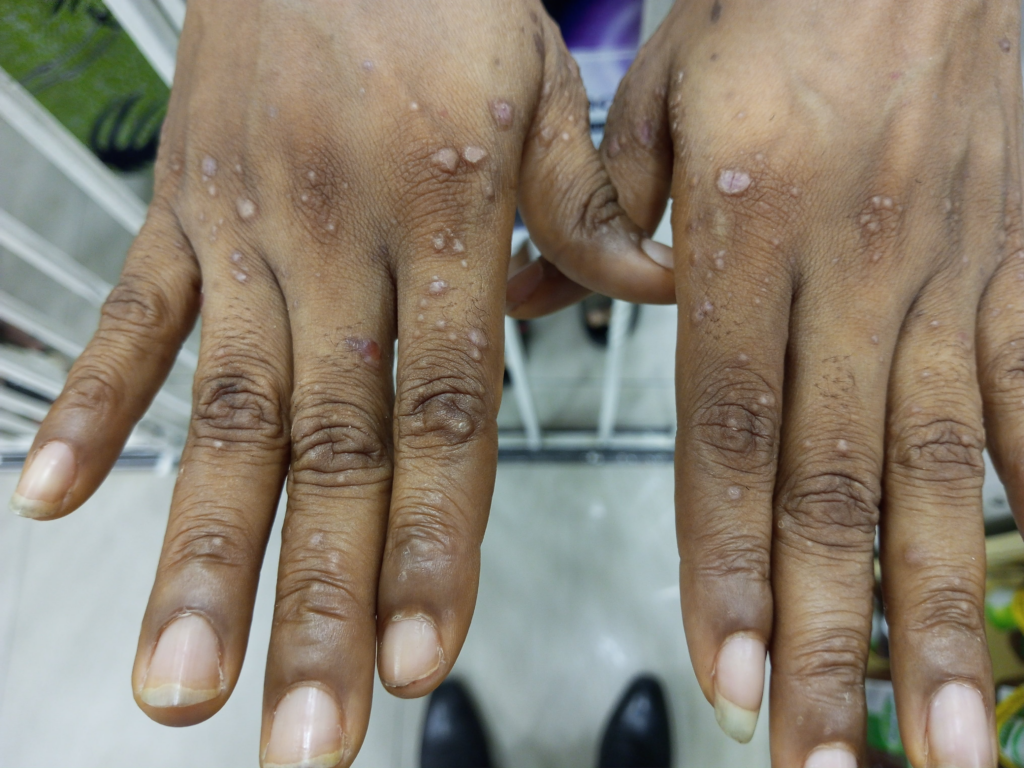

Sweet Syndrome
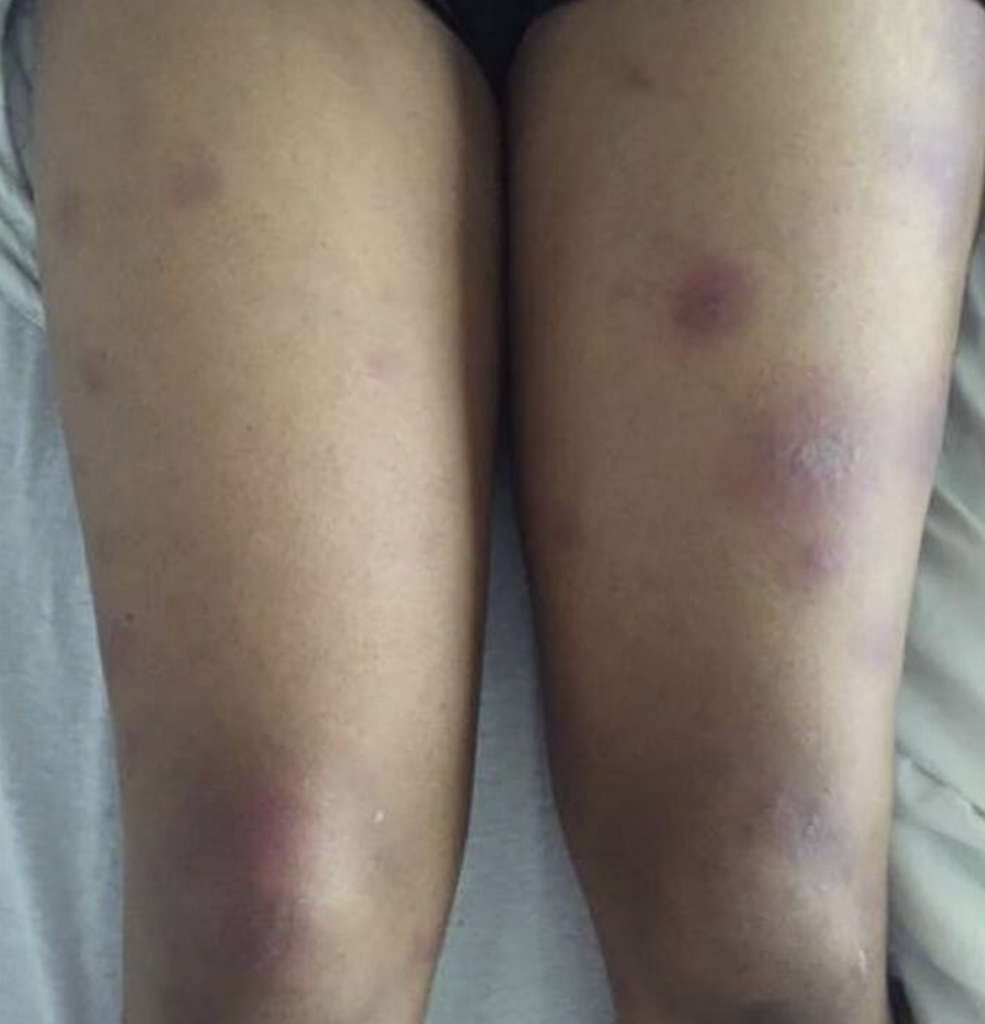
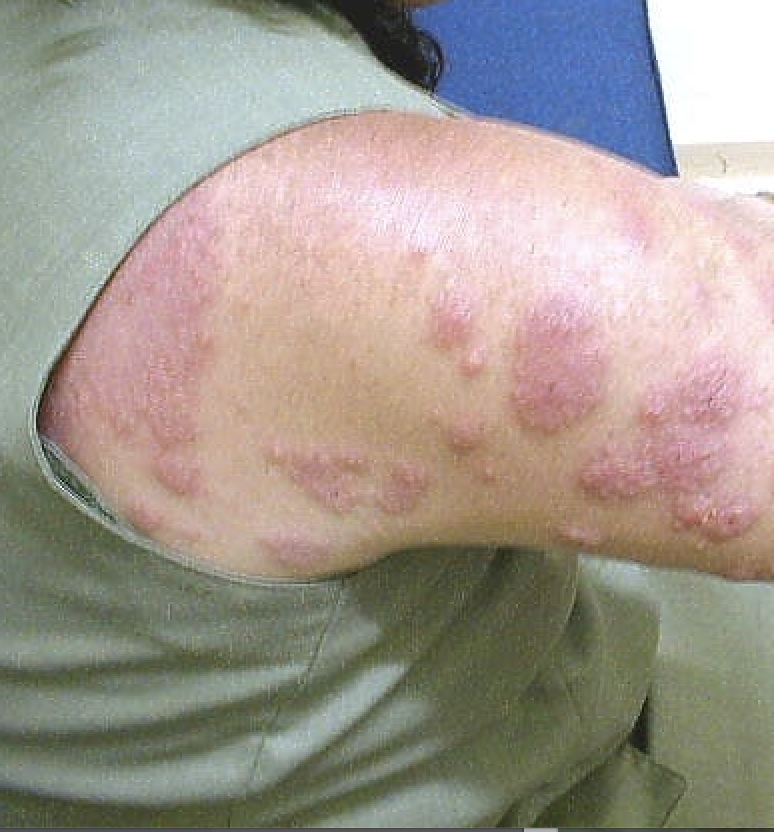
Additional Resources
Advancing Health Equity: A Guide to Language, Narrative and Concepts, American Medical Association
Black & Brown Skin, blackandbrownskin.co.uk
Common Dermatologic Conditions in Skin of Color, American Family Physician Journal
Skin Diseases and Conditions in Darker Skin Tones, American Academy of Dermatology Association
Published July 3, 2023
Join the Conversation
Sign up for Figure 1 and be part of a global community of healthcare professionals gaining medical knowledge, securely sharing real patient cases, and improving outcomes.
